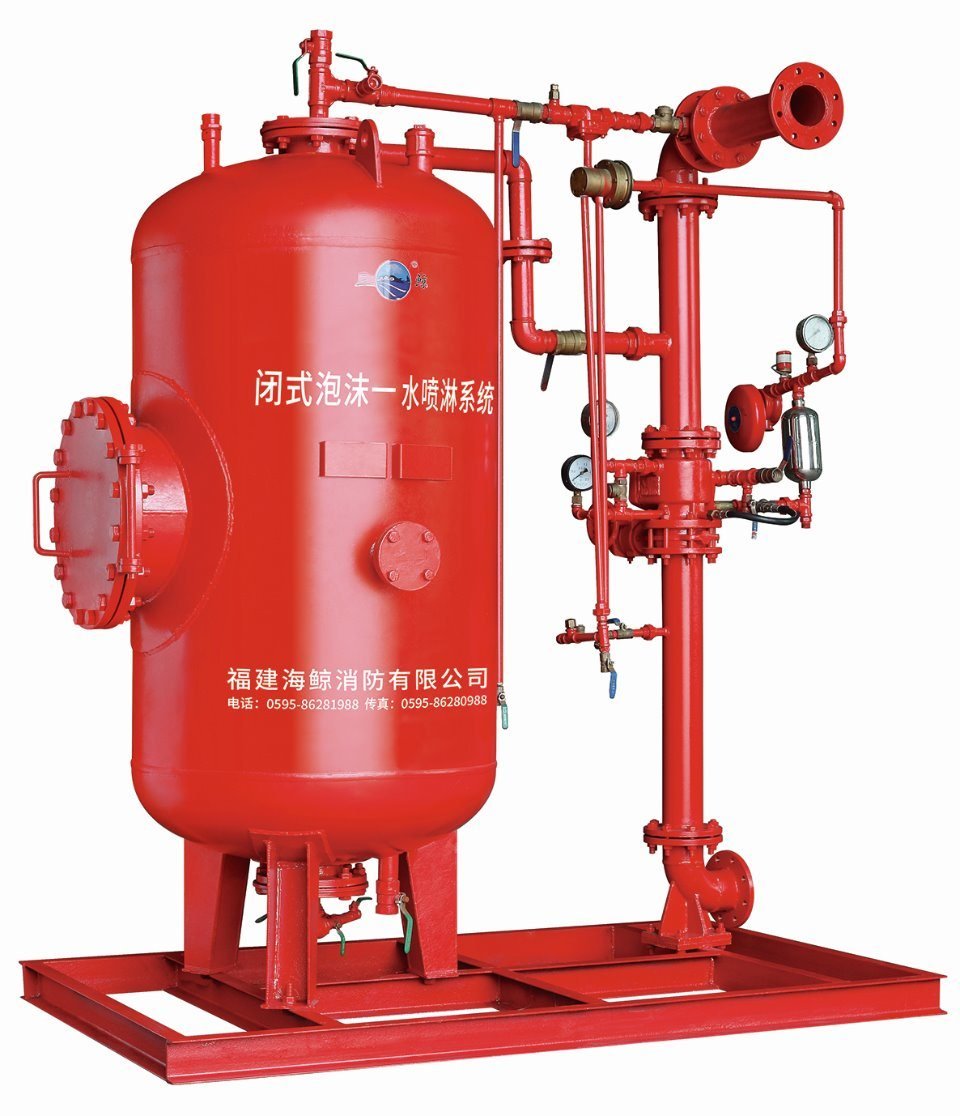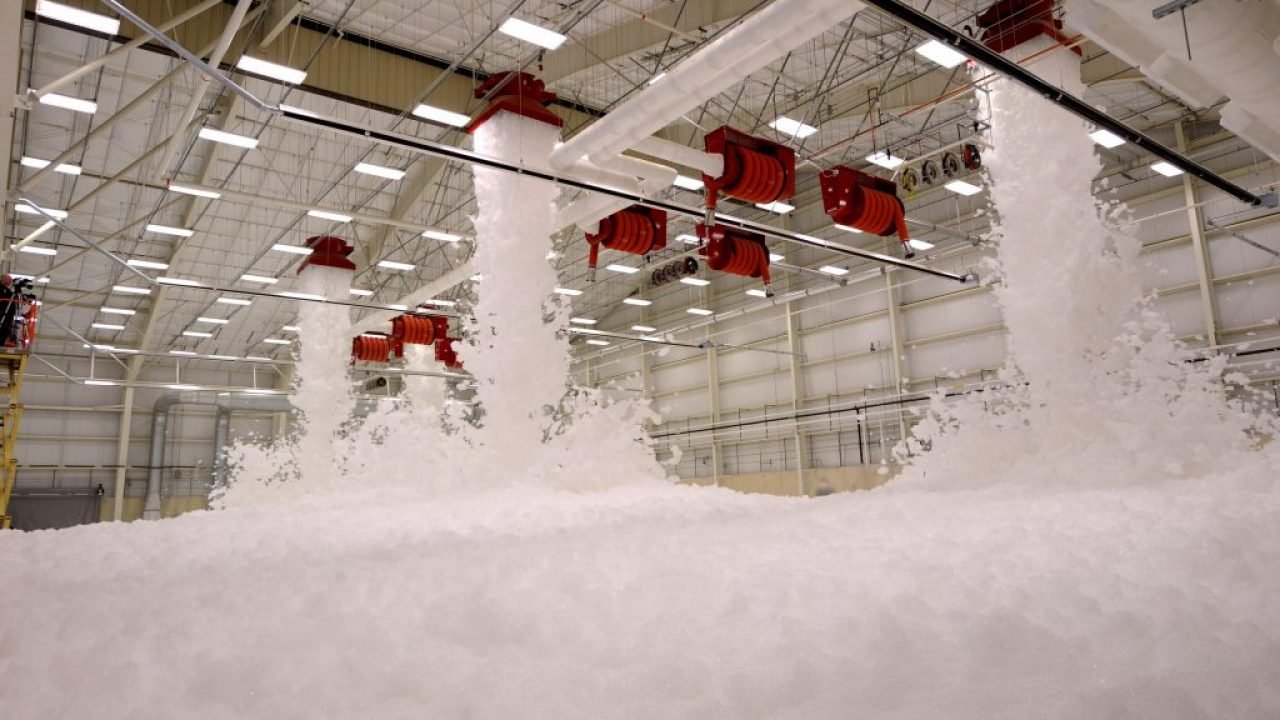Foam Fire Fighting Systems


Foam extinguishing system:
Foam is used in firefighting by manual, portable, and stationary extinguishing systems. It is primarily used to combat flammable and flammable liquid fires. The American Fire Protection Corporation issues many standards and guidelines that address various applications of foam in firefighting, such as protecting tanks and dams. Preventing the spread of flammable and flammable liquids, as well as protecting against the dangers of fuel leakage from aircraft, protecting aircraft hangars, and liquid storage places. The types of foam differ in terms of chemical composition, and this leads to different rates of foam discharge needed for extinguishing, as well as the ability to suit use in protecting types of Certain liquid fuels, and foam may be used with dry chemical powder, which provides a solution for both two-dimensional and three-dimensional scenarios of fuel leak fires, the foam is formed by mixing the foam concentrate with water in a specified proportion, and this is done by different types of manual mixing devices, or Portable, or stationary, there are several different devices available for vacuuming the foam such as: sprinklers, nozzles, and range Foam is used to extinguish fires resulting from the leakage of flammable or flammable liquids, and tank fires, and this is done by forming a cohesive blanket of foam that cools the burning surfaces, and that blanket can prevent the emission of fuel fumes for some time depending on the stability and depth of the foam on the Flammable surfaces, and that blanket is removed after an appropriate period of time, and this blanket has little effect on the product it touches, and foam can also be used to contain the weakening or stop the emission of flaming fumes from the surfaces of unburned liquids and solids, in addition to the possibility of using it to fill the gaps In addition to the above, foam plays an important role in the operations of refueling aircraft and providing maintenance services, due to the possibility of a large fuel leakage due to an accident or malfunction, and it is also used in applications for storing flammable liquids. Others use medium and high spreading foam to fill places, as it stops heat transfer by convection currents and prevents the fire from reaching the air needed for the fire. The water content of these types of foam cools the burning surfaces and reduces the concentration of oxygen surrounding the surface by displacing it with water vapor. These types of foam are also used to contain liquefied natural gas leaks, as they help to disperse the cloud of vapors resulting from this leak. Foam consisting of low surface tension solutions in class A fires, in which case the aqueous solution of the foam exposes flammable solids to wetness and cools their surfaces, and there are several reasons
It may lead to the defective performance of the foam as an extinguishing medium unless these reasons are taken into account during the design of the system. The foam may decompose and its water content will evaporate when exposed to heat and flame. Hence, sufficient volume and appropriate discharge rates must be used on the burning surfaces to equalize this effect. The foam is unstable and therefore easily decomposing when subjected to mechanical and physical force (such as the use of a water hose flush), and the foam is subject to severe decomposition when used with some other extinguishing media, and air turbulence or violent emission of combustion gases may cause the foam to deviate from the area There are many types of foam concentrators available in the market, and these types differ in terms of chemical composition, mixing ratio, and the types of risks that are used to protect them in addition to the type of system used to unload the foam.
Share :
Order form
Your Order has been sent successfully. We will contact you as soon as possible.
Error: Please try again
 English
English
 العربية
العربية
